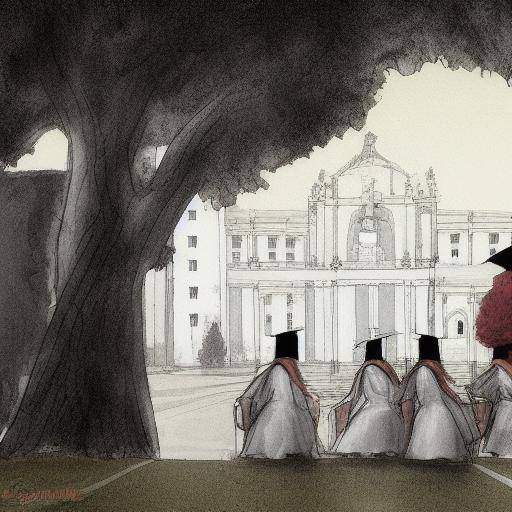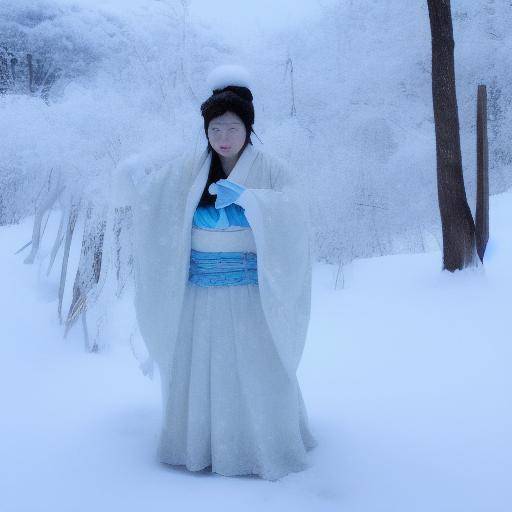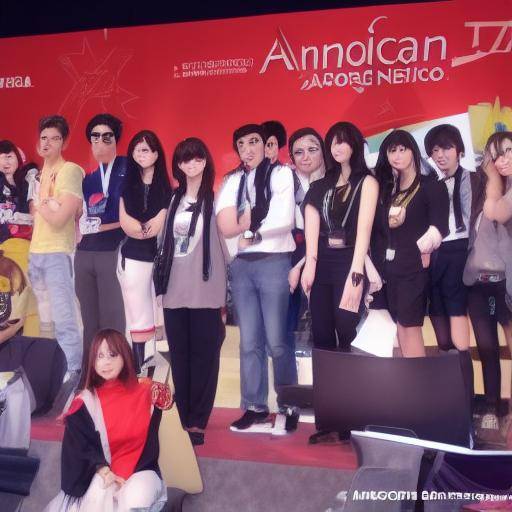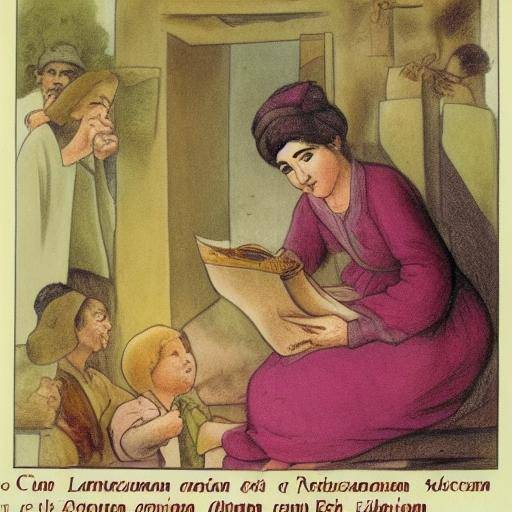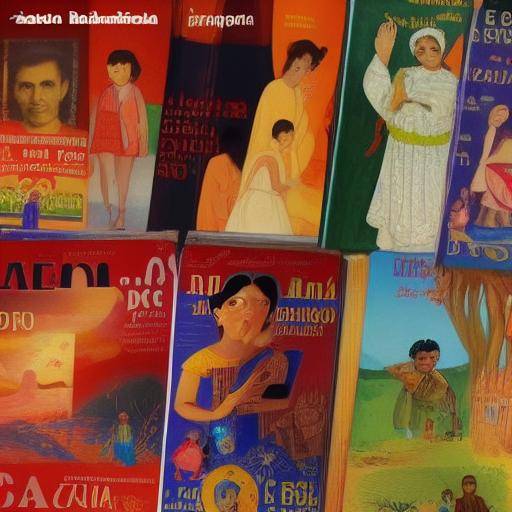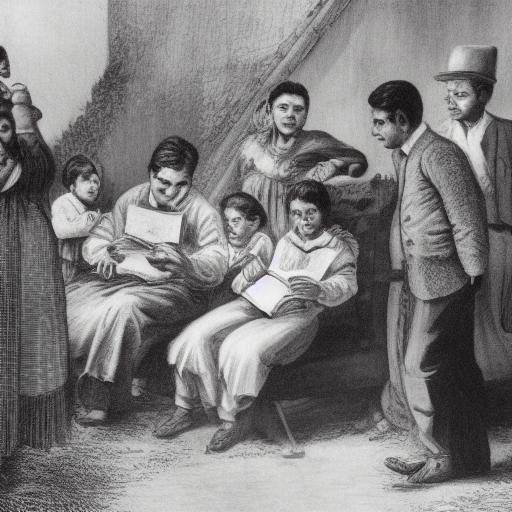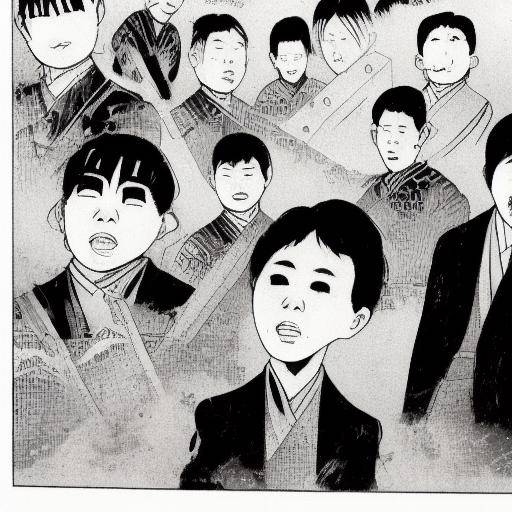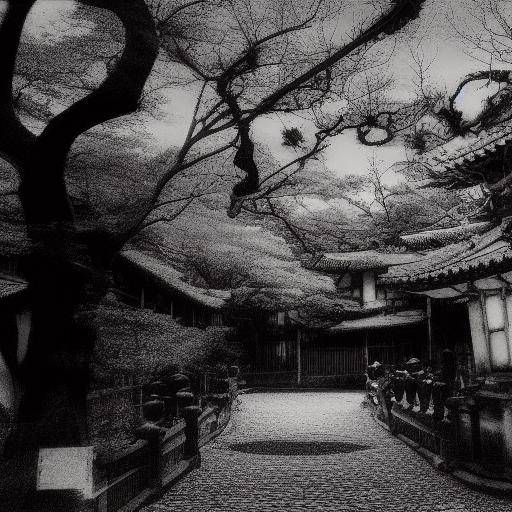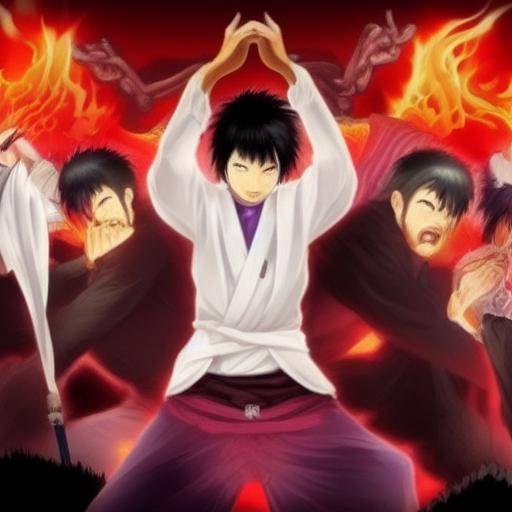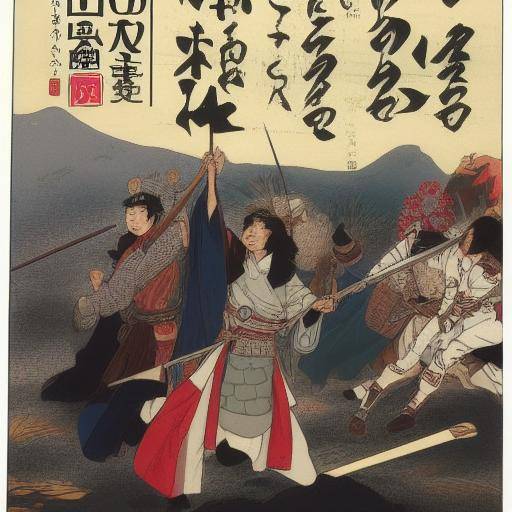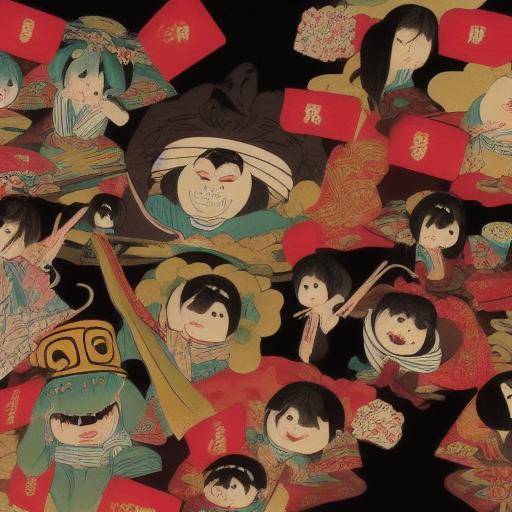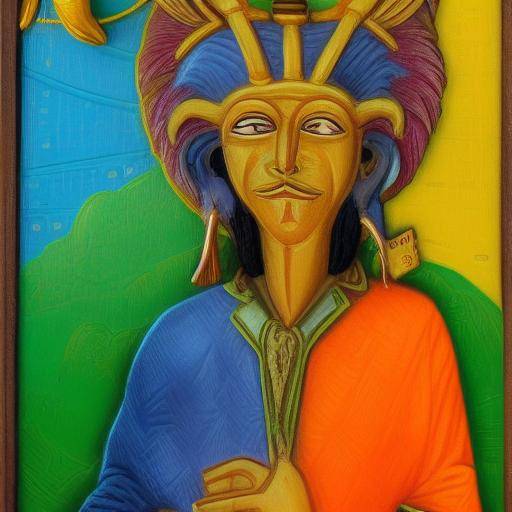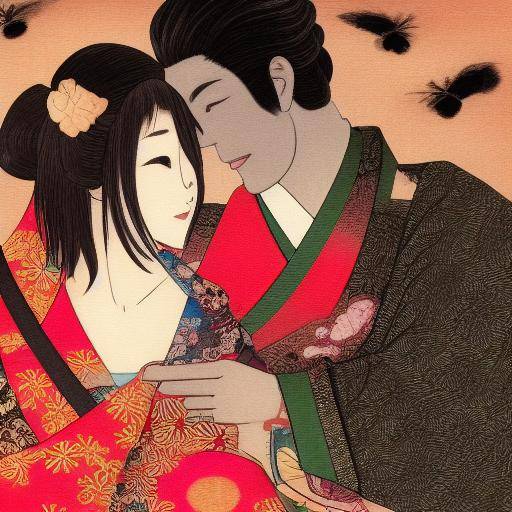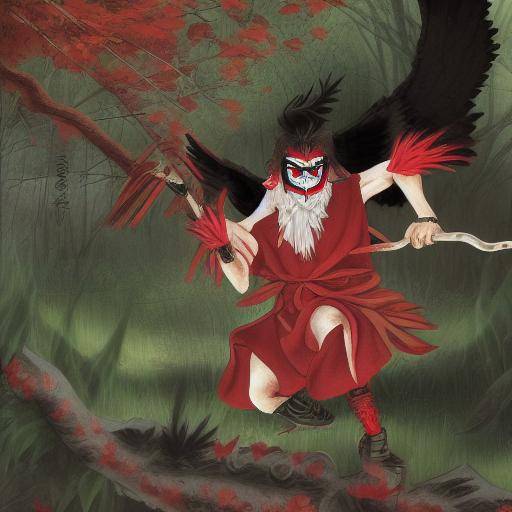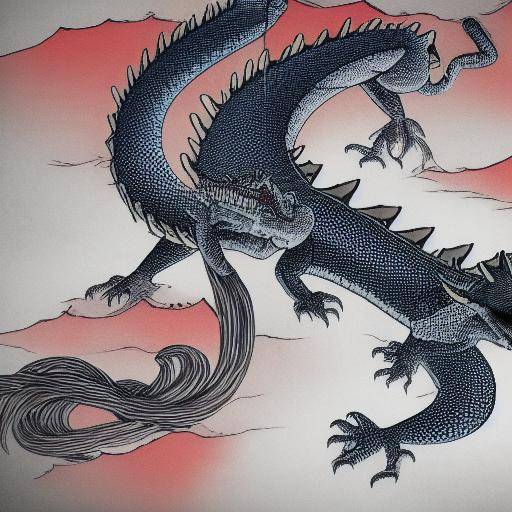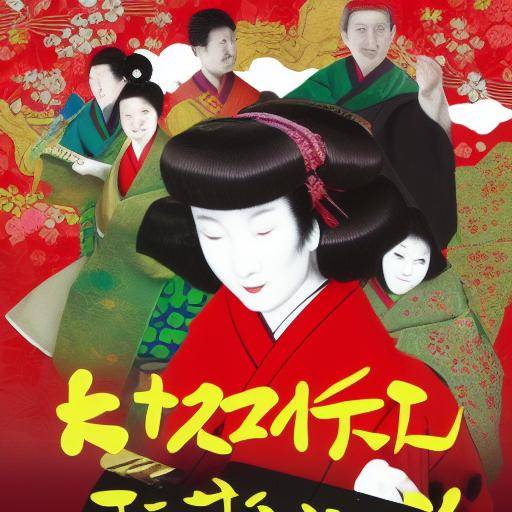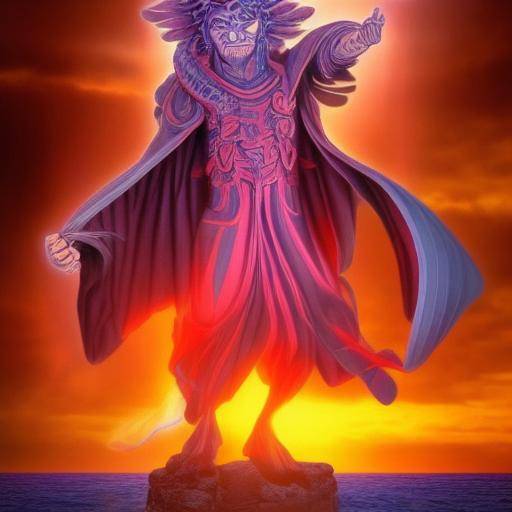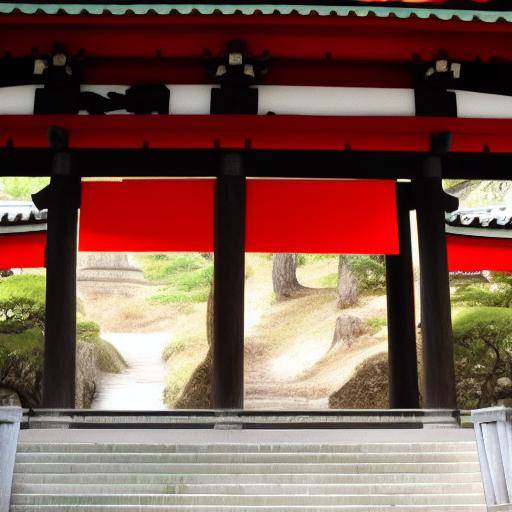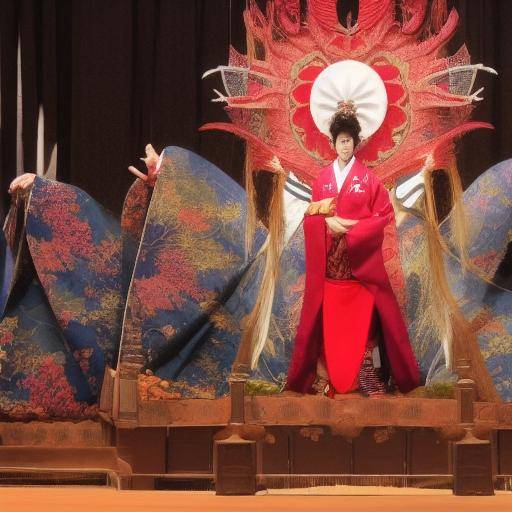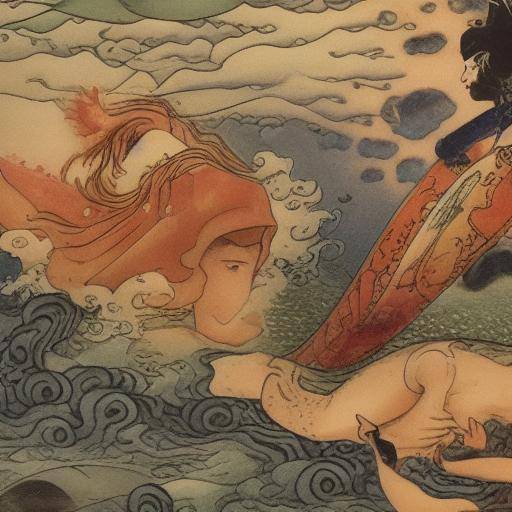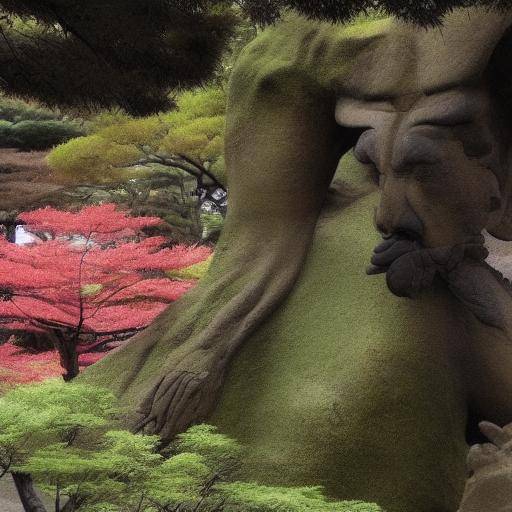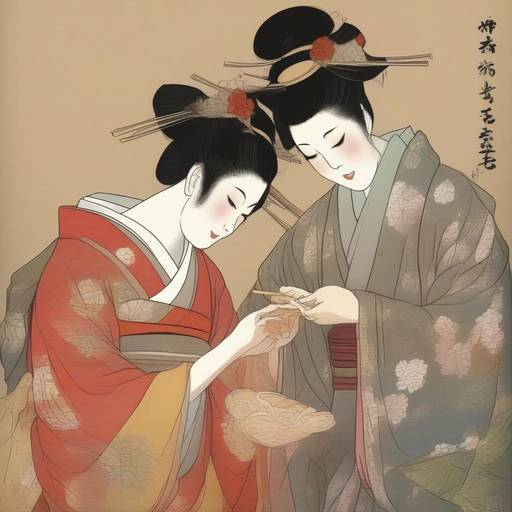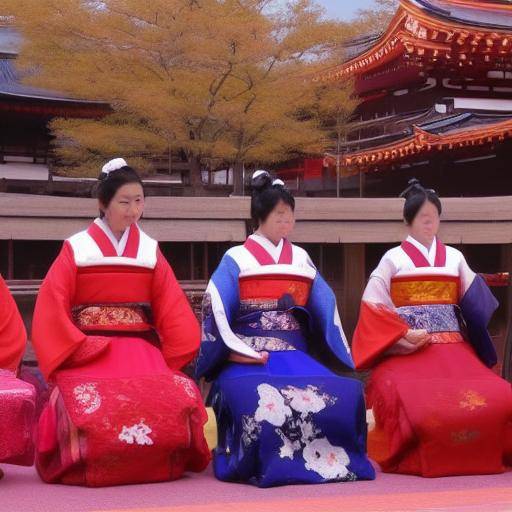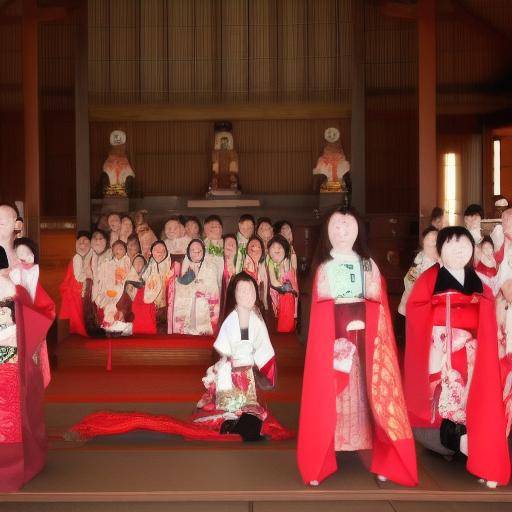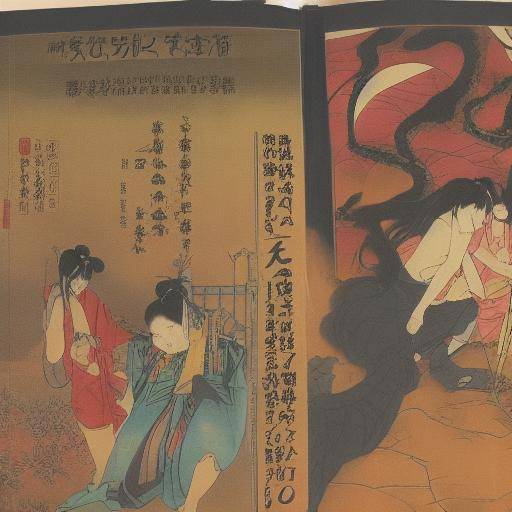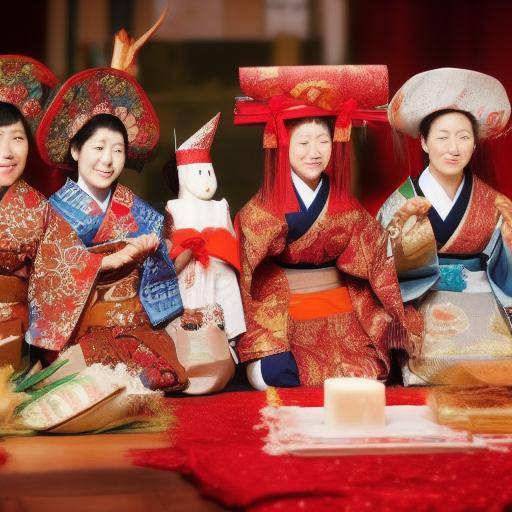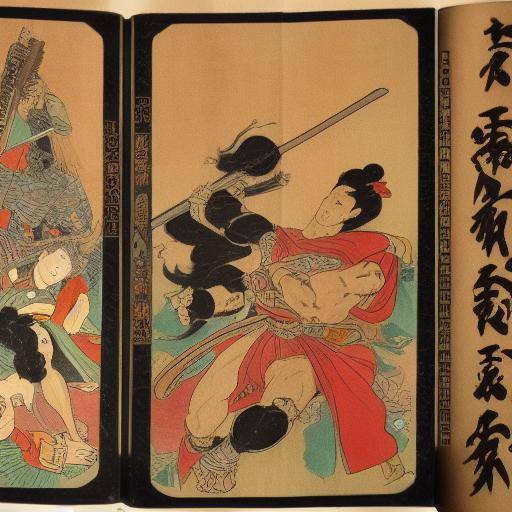
The Japanese folklore is full of mythical and fascinating creatures, each with its own history and meaning. Among these creatures, highlights Kitsune, a magical fox that has captured the imagination of generations in Japan. In this article, we will explore the rich history, wisdom and deception associated with Kitsune, as well as its relevance in Japanese culture.
Introduction
The Kitsune, known as the Japanese mythical fox, is an iconic figure in Japan's folklore and mythology. Its impact on Japanese culture extends through generations, and its influence is reflected in various aspects of modern life in Japan, from literature to entertainment. In this article, we will explore in detail the rich history of Kitsune, as well as the ideas of wisdom and deception that surround this legendary creature.
History and Background
The Kitsune has its roots in Japanese mythology, where it is attributed supernatural powers and a special connection with the divine. The history of Kitsune dates back centuries, and its presence in Japanese culture has evolved over time. From its role in folkloric accounts to its representation in art and literature, Kitsune has left an indelible mark in Japan's history.
It is said that Kitsune can change at will, assuming the appearance of humans or even inanimate objects. This ability to metamorphosis is associated with the idea of deception, but also with wisdom and cunning. Over the centuries, Kitsune has been portrayed as an ambiguous figure capable of exercising both good and evil, reflecting the complexity of its character in Japanese mythology.
Deep analysis
The concept of wisdom linked to Kitsune is closely related to its astute and perspicacious nature. Traditional accounts often present Kitsune as an intelligent being who has deep knowledge about the natural and spiritual world. This representation of wisdom embodies the idea that knowledge and cunning can be powerful tools, both for good and for evil.
On the other hand, the component of deception associated with Kitsune triggers a deeper reflection on the dual nature of mythical creatures in Japanese mythology. The deception of Kitsune can be interpreted as an expression of its ability to challenge expectations and subvert established rules. This duality raises important questions about human nature, morality and the perception of reality.
Comprehensive review
The impact of Kitsune on Japanese culture goes beyond folkloric stories and legends. Its presence remains relevant in modern society, influencing various areas, from literature and art to pop culture. The representation of Kitsune as a symbol of wisdom and deception has inspired creative works, philosophical discussions and reflections on human duality.
Experts in Japanese mythology point out that Kitsune's myth remains a source of inspiration to explore broader issues related to human nature, morality and perception of reality. This ability of the Kitsune to give rise to deep reflections on universal issues extends its relevance beyond mythology, making it a lasting symbol in Japanese culture.
Comparative analysis
By comparing the notion of wisdom and deception in the context of Kitsune, a unique perception of human duality arises. Wisdom and deception are interconnected concepts that reflect the complexity inherently present in the human condition. The representation of Kitsune as a creature incarnating these qualities provides a mirror through which the very nature of wisdom and deception in everyday life can be relaxed and questioned.
Practical Tips and Accessible Tips
For those interested in further exploring the fascinating world of Kitsune, there are several practical ways to immerse themselves in their mythology. Visiting museums that host historical artifacts related to Kitsune, reading Japanese literature that presents folkloric stories and participating in cultural festivals that celebrate mythology are just some of the experiences that can enrich the understanding of the legacy of Kitsune.
In addition, Japanese mythology enthusiasts can immerse themselves in academic research and contemporary works that offer new perspectives on the role of Kitsune in Japanese society. Exploring reliable sources and participating in informed discussions can provide a richer and more complete understanding of Kitsune's lasting influence on Japanese culture.
Industry Perspectives and Expert Reviews
Several experts in Japanese mythology and academics dedicated to the study of Japanese culture have expressed their admiration for the depth and complexity of the myth of Kitsune. Discussions on the representation of Kitsune as a symbol of wisdom and deception continue to generate a significant interest among specialists, who explore the cultural and symbolic impact of Kitsune from different academic perspectives.
In addition, there has been an increase in the popularity of Kitsune in global culture, leading to a wider exchange of ideas and perspectives on its significance and relevance in the modern context. This renewed attention has led to greater recognition of Japanese mythology and its ability to resonate worldwide, promoting a wider dialogue on Japan's cultural heritage.
Case Studies and Real Life Applications
Over time, Kitsune has left an indelible mark on many aspects of Japanese culture. The impact of the Kitsune myth is manifested in literature, art, music, theatre and cinema, inspiring a wide range of creative expressions. From classic Japanese literature to contemporary film productions, Kitsune has continued to captivate audiences around the world.
In addition, the influence of Kitsune extends to less traditional areas, such as fashion, design and digital media, where its image and symbolism continue to inspire creators and designers. This diversity of applications demonstrates Kitsune's versatility and long-lasting appeal as a cultural symbol that transcends the barriers of time and geography.
Future Trends and Predictions
As Japanese culture gains greater visibility globally, Kitsune myth is expected to continue to capture the imagination of new generations around the world. The ability of the Kitsune to serve as a bridge between traditional and contemporary positions it as a timeless symbol with a significant potential to continue resonating in global culture.
Moreover, given the growing interest in Japanese mythology and traditions, Kitsune's myth is likely to continue to be the subject of innovative academic research and creative expressions, which will fuel a constantly evolving dialogue on its cultural and symbolic importance.
Conclusion
The myth of Kitsune, with its representation of wisdom and deception in Japanese mythology, remains an important focal point in Japanese culture, both locally and globally. Its ability to trigger deep discussions about human nature and the duality of human behavior make it a lasting symbol that continues to fascinate and inspire current and future generations.
Frequently asked questions (FAQs)
1. What is the origin of the Kitsune myth in Japan?
Elmito del Kitsune dates back to the ancient Japanese mythology, where supernatural powers and a special connection with the divine are attributed. Over the centuries, the concept of Kitsune has evolved and intertwined with various aspects of Japanese culture.
2. What do wisdom and deception mean in the context of Kitsune?
The wisdom associated with Kitsune reflects its astute, intelligent and insightful nature, while deception symbolizes Kitsune's ability to challenge expectations and subvert established norms. Both concepts are interconnected, illustrating the complexity of human duality.
3. How has Kitsune influenced modern Japanese culture?
Kitsune has left an indelible mark on various aspects of Japanese culture, from literature and art to fashion and digital media. His image and symbolism continue to inspire creators and designers, and his presence remains relevant in contemporary society.
4. What challenges do Kitsune's representation face in the global context?
As Japanese culture gains greater visibility worldwide, Kitsune's representation faces the challenge of maintaining its authenticity and cultural significance while adapting to the diversity of global interpretations and expressions.
5. What are some outstanding literary and cinematic works that present the myth of Kitsune?
Works like "Kuzunoha" by Zeami Motokiyo and "Inari, Konkon, Koi Iroha" by Morohe Yoshida are outstanding examples of the representation of Kitsune in Japanese literature. In the cinema, the film "Pom Poko" directed by Isao Takahata is a remarkable film work that explores the mythology of Kitsune.
6. What is the impact of Kitsune on global culture?
Kitsune has gained popularity outside Japan and inspired numerous creative expressions, demonstrating its ability to transcend cultural and geographical barriers. Its influence continues to resonate in global culture, generating a significant interest in Japanese mythology.
Conclusion
The myth of Kitsune embodies the rich tradition of Japanese mythology and continues to play a significant role in contemporary culture. His representation of wisdom and deception provides a lens through which one can reflect on universal themes, which ensures its lasting relevance in Japanese culture and beyond.



